Landing Craft Infantry (LCI) (1942)
 US Navy Infantry Landing Ships (1936-46):
US Navy Infantry Landing Ships (1936-46):
923 built, operated 1943-1965
D-Day Special ! The Landing Craft Infantry (LCI) was the Allies main specialized Infantry landing Craft, capable of offshore travel but to land troops directly onto beaches, developed like the LST in response to a British request for a better concept that the (LCA). The result could carry 200 men traveling at 15 kts from rear bases, and able to land and extract from a beach. In all, 923 were built from 1943, and they saw action both in the Pacific and Europe, supplementing the smaller LCAs/LCVPs as the largest dedicated beachable infantry landing craft, a familar sight with the larger LST and major contributor of the Allied effort to victory in WW2. They saw action in Korea as well. #dday #overlord #normandy #ww2 #usnavy #royalnavy #landingcraft
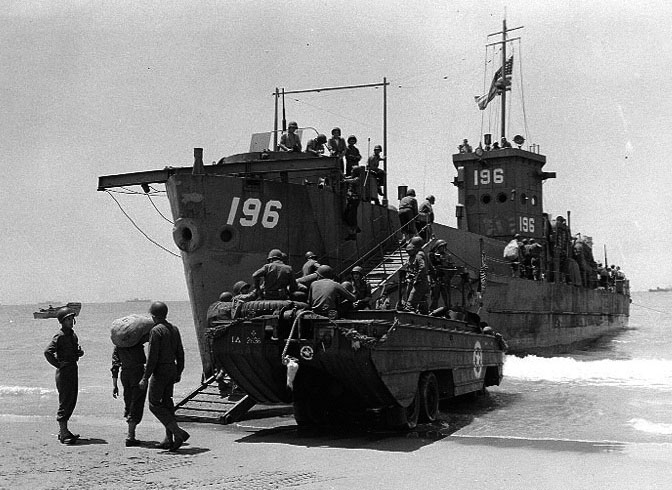
LCI(L)-196
Origin and Development
The Landing Craft Infantry (LCI) was originally developed, like the LST in response to a British request, specifiying a seagoing amphibious assault ship, more seaworthy,with longer range, and capable of carrying and landing more troops than the LCA common at the time, both in the US and British Royal Navy. Note that the LCA was further developed as the LCVP in 1942.
It’s not BuShips (The Bureau of Ships) but the British Admiralty that started work and the initial LCI was designed to carry 200 men and was to be capable at crossing any sea at 15 knots, over 500 nmi (900 km) at this cruise speed. But with extra fuel in taxiing mode (without troop aboard), up to 4,000 nmi (7,400 km) at 12 knots (22 km/h). It was also to be capable of landing troops ashore like the LCA, built with a steel hull. However the latter was already earmarked for the construction of destroyers in Britain, and since no material aletrnative for that size was thought of, the project was asked to the US Industry. There, BuShips obtained the British plans and they were further developed into the LCI(L), for Landing Craft Infantry (Large) in USN Ordnance.
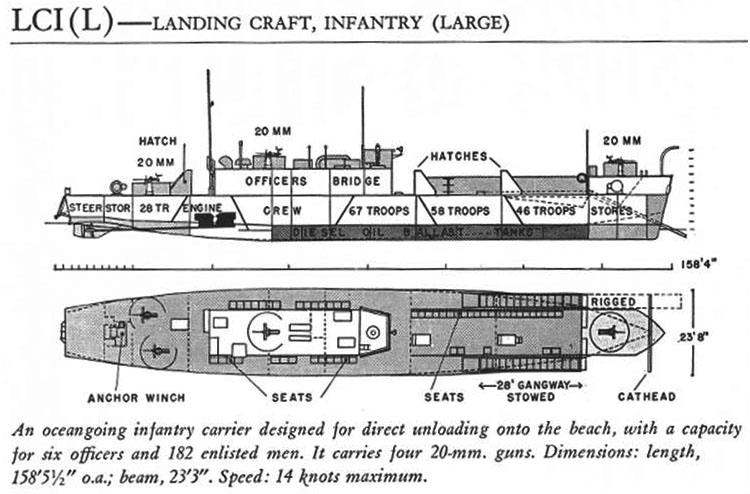
The original British design was indeed expandable, “one way ticket” ships, ferry troops across the English Channel and stay on the beach. There were no sleeping accommodations, galley or anything since they were to made at worst a 24h trip. The infantry was provided benches liked in a ferry, but Buships seeing the advantage of such design for longer range operations and in the Pacific, completely modified the project and worked on a ship capable of extracting itself from the beach, and having overnight accommodations.
BuShips managed to create in the end an easily-built, mass-produced design, using non-traditional shipbuilding facilities and equipment and as soon as plans were ready, contracted ten building yards for a mass production over a year (1943-44).
Design
Hull and general design
Three major types of LCI(L) were developed over time as the design was refined and in light of early trials. They differed by the location of ramps conning tower shape but shared the same hulls and accomodations, which was 158 ft (48 m) long, 23-foot wide (1/7 ratio), so long and narrow which favoured speed, but was a result of the lack of any vehicle to carry. Stability was a problem, though forcing engineers to used the bottom hull as a giant oil tank basically. The powerplant was located to the rear.
Variants
LCI(L) type A: Square Conning tower, Side Ramp
LCI(L) type B: Round Conning tower Side Ramp;
LCI(L) Type C: Round Conning tower Bow Ramp.
The LCI(L)1-349 class, were of the Type A, with a deck wider than the prow plus two side gangways leading ramps lowered to disembark. The LCI 350 class were of Type C, having the enclosed bow ramp type two bow doors swinging open like the LST, for security reasons, indeed on the two other types, infantry was more exposed to enemy fire. The low squared-off conning tower easier to built, was later replaced by a taller and round conning tower to give more visibility from the bridge.
Powerplant
the LCI(L) had in common a twin shaft propelled, driven by two banks of four Detroit Diesel 6-71 Diesels, so eight in all. They had a combined output of 1,600 bhp. This wartime diesel design using existing engines, not revolutuonary but reliable, and made simpler and sturdier for intensive use. These were 2-stroke Detroit Diesel 6-71 meaning inline 6-cylinder, with 71 cubic inch displacement per cylinder and they were coupled with Roots blowers so that a bank of four made drive each two propeller shafts.
This arrangement of four engines per bank joined together, using individual drive clutches earned them the name “Quad Diesel”. This proved a good solution on the long run. Each unit was easy to decouple and maintain, and thus if a ant of these fail, it could be disconnected very easily from the unit via its clutch, repaired on the spot while the other engines kept operating, procuring the ship it’s mobility. It proved a redundant, safe system.
It’s General Motors Corporation Electro-Motive Division that supplied the reduction gears, but also the propellers, drive shafts and control units, so practically the enture powerplant. Each of the two propellers was crucially equipped with a reversible pitch propeller in order to perform ahead or astern operation. The LCI were to beach, land troops, retired and return to port for another troop load.
The final section of the shafts were buried in “V” type recesses in the hull to avoid the propellers hirring the bottom when beached and still have enough grip surface to reach water. The other innovation was a stern anchor, dropped as the ship approached the beach. It allowed via the onboard winch, to pull the LCI off the beach after the infantry had disembarked, far enough for the propellers to be activated safely. The winch was not driven by the main engines but by two auxiliary Detroit Diesel 2-71s which powered in turn two 30 kW 120 V D.C. Ship’s Service Generators, which were also used for operating the electric system aboard when the main engines were shut, notably communication and AA defence.
Armament
The LCI(L) originally were plan to have just four to five Oerlikon 20mm cannons, each sitting in a round gun tub with integral splinter shield and ready round in the inner crown racks. Supply was provided from a floor hatch. As the war progressed, some LCI(L) received a heavier armament and were converted as LCI Gunboats or “LCI(G)” with a single barrel Bofors 40 mm, in bathtub. Several LCI(L) had Rocket Launcher racks added, replacing the side ramps, plus installed in the well deck. They received the desigantion LCI(R) and were used alongside other ropcker ships for preparatoty bnombardment just before the first wave hit the beach. There was also a variant armed with three M2 4.2-inch mortars as “LCI(M)”.
The Indochina postwar some French LCIs were modified with a 4-in gun installed forward as well.
Variants
LC(FF) – Flotilla flagship
Tailored Flotilla Commander & Staff variant, 49 converted in 1945. They first saw action at Okinawa but judged too cramped and slow, and they were converted back or scrapped.
LCI(G) – Gunboat
As said in the armament section, there had from a single Bofors gun, to 2 or 3 instead of their 20mm Oerlikon, and up to six 0.50-cal. HMGs plus ten Mk.7 rocket launchers. They were later evolved into the LCS(L), -S for support- with more armament but no troops
LCI(M) – Mortar
three M2 4.2 inch mortars for Naval Surface Fire Support
LCI(R) – Rocket
Platform for six 5-inch rocket launchers, fixed on deck, and so the ship was manoeuvered to aim and fire, the crew taking shelter below decks.
LCI(D)
To support underwater demolition teams (UDT), unofficial term, equipped with searchlights
ACMU-7
Coastal minesweeper, 32 converted.
LCI(L) Press ship
Press boat (PGY) to cover the Battle of Iwo Jima, taking reporters’ copy from several ships for delivery via a special long range communications set.
LCI(FP)
For “Ferry, Personal”, unofficial. LCI-346 by Admiral William Halsey Jr to move large numbers of sailors from ships in fleet anchorages, ashore and back. BuShips studied dedicated conversions, but this went no further.
LCI(S)
British reworked version produced on limited resources by Fairmile Marine, wooden-built as Type H, prefabricated, for Landing Craft Infantry (Small) or LCI(S). They were used notably on the assault on Walcheren.
LCS(L)
Landing Craft Support (Large) Mark 1/Mark 2 reused Fairmile’s LCI(S) as dedicated support vessel sporting a tank turret with QF 2 pounder gun (40 mm). On the Mk.2 this was a QF 6 pounder gun (57 mm), plys two Oerlikon 20 mm AA guns, two 0.5 inch Vickers HMGs, ten built.
LCS(L) Mk.3/LSSL
For Landing Craft Support (Large), LCS(L) Mark 3 built by the United States. On an LCI hull with a single 3″/50 caliber gun alternattive to two twin 40 mm guns and four or more 20 mm AA guns. They were frequent in all late 1944-45 Pacific operations and later reclassed as LSSL in 1949. 130 converted.
Renditions

LCI(L) 299 of the 2nd Canadian Flotilla carrying personnel of the 9th Canadian Infantry Brigade to the Normandy beaches on D-Day.

LCI(L) Type B, ramp, round CT side ramp, in Pacific camouflage.

LCI(L) Type C (Late Type) in 1945 camouflage.
⚙ specifications |
|
| Displacement | 234 long tons (238 t) standard, 389 long tons (395 t) full load |
| Dimensions | 158 ft 6 in x 23 ft 3 in x 5 ft 4 in/5 ft 11 in aft (48.31 x 7.09 m x 1.63/1.80 m) |
| Propulsion | 2 shafts, 2×4 diesels, 1,600 bhp (1,193 kW) |
| Speed | 16 knots (30 km/h; 18 mph) |
| Range | 500 nmi (900 km) at 15 knots. 4,000 nmi (7,400 km) at 12 kn (22 km/h) |
| Armament | 4× 20 mm AA, forward, amidships, aft) |
| Protection | 2-in Plastic armour splinter (AA gunners), pilot house |
| Crew | 3 officers, 21 ratings, 180-210 troops |
Operations
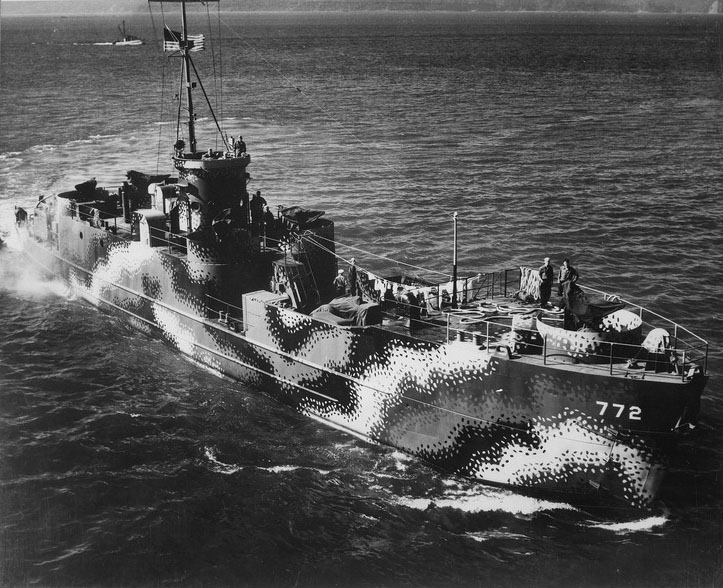
LCI 772 off Astoria, Oregon in July 1944, in sea trials, prepared for the Pacific. Note her spotted camouflage developed specifically for these, aiming at “blending” the hull’s shape when seen from afar.
In all, 923 LCI were built in ten American shipyards, of wich 211 were provided under lend-lease to the Royal Navy as LCI(L).
It should be said that because of their high seas specifications, the high bow, wether they had bow doors or even worse, side ramps, made them prime targets for MG-gunners defending the beach, veritable “bullet magnets” standing up in the crowd of LCs. LCI were in the end impractical for landing troops in the first assault wave. Smaller, ramp-protected LCVPs were preferred on a well defended beach, and thus they were reserved for follow-up waves, in British case after the LCA or LCPLs. Still, they were featured in the first waves at Anzio, in Normandy (Overlord), Southern France (Anvil Dragoon), Elba Island, Saipan, all the Philippine’s islands (given the fact the Japanese preferred an in-depht defense rather than on the shore), as well as Iwo Jima, Guam, and Okinawa.
The LCIs found use with the fleet as smoke layers, to obscure the invading fleet from artillery or aviation during the final phase of a landing. Others were tailored to provide close-in gunfire support just after the landings.
Sicily: This was probably the first use of the LCI. It was not available for Operation Torch previously. Among later celebrities, (Sir) Lt. Alec Guinness was an RNVR commander, at the head of HMS LCI(L)-124. Her delivering troops to the beach near Cape Passero lighthouse on 9 July 1943 (invasion day), missed the call from overall commander to delay and landed his troops 25 minutes ahead. At his return, the Flotilla Commander thought he was deserting until learning he was on his way back to get more troops, unaware of his first landing…
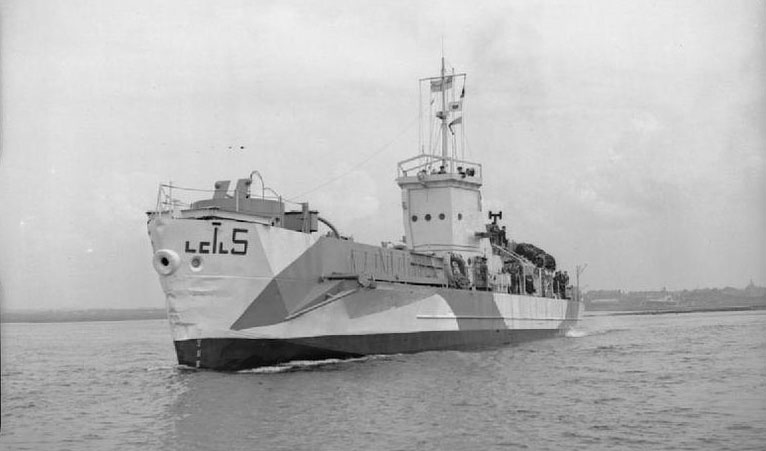
Salerno:
During Operation Avalanche, records says there were 96 LCI(L)s: 48 American, 48 British.
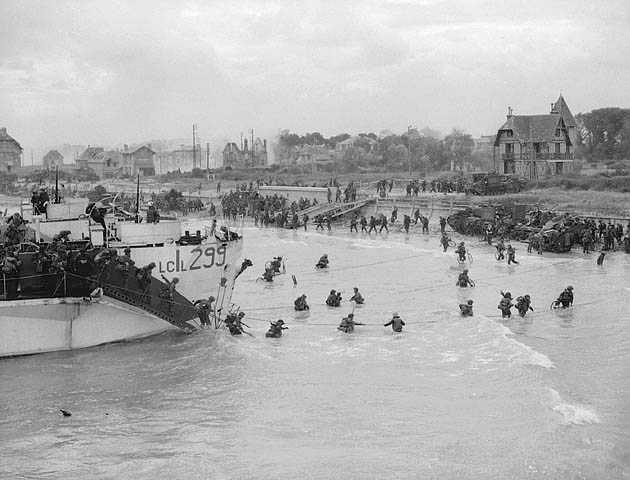
D-Day, British LCIs lands in Normandy, Gold Beach.
Iwo Jima: Eight LCI(G) “inserted” Underwater Demolition Teams to recon the beach, creating detailed maps of Iwo Jima’s beaches. The Japanese believed them to be the main assault and opened a firce fire,revealing at the occasion some of their hidden large caliber guns in Mount Suribachi. Three LCI(G) were lost outright and all the rest badly damaged. Commander Lt.(j.g) Rufus G. Herring received a Medal of Honor. Their action proved invaluable, and spared some aextra casuasties as well as warning the fleet about heavy 8-in guns hidden in Suribachi.

Crowded LCIs approaching Labuan, Philippines, 10 June 1945.
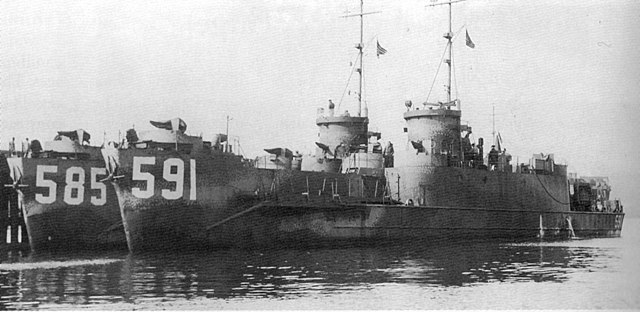
LCI(L)-591 and 585
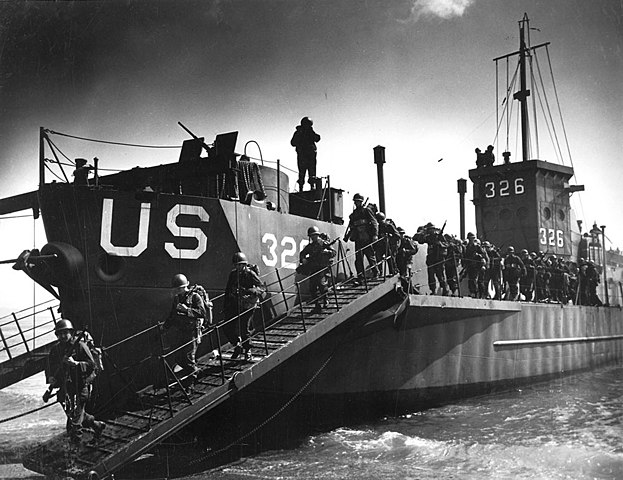
LCI during invasion training in Britain
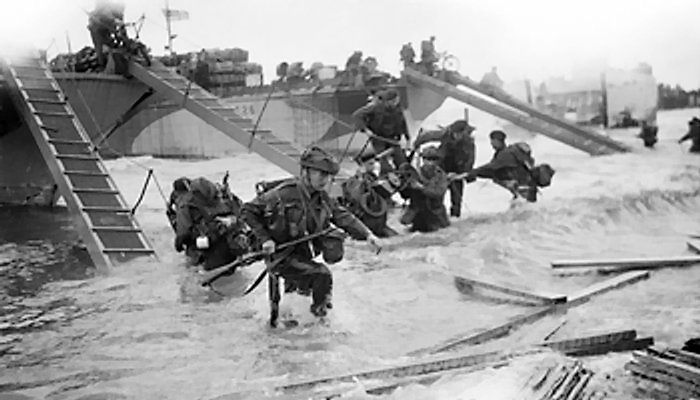
Landings from British LCIs at St. Aubin s/Mer, Normandy coast
Allied LCIs were stricken in 1946, being an expedient now spent, with . Depending on their conditions, they placed in reserve, or for the most battered hulls with worn out diesels, sold and scrapped, some ending as target ships. For those in reserve, they saw an immediate use in foregin navies: 15 to LCI(L)s to Argentina (still used in 1998), 13 the Republic of China, 14 to France (which fought in Indochina), 7 to Indonesia 6 to Chile, 3 to Dominican Republic and the Philippines, and a pair to Israel, Thailand, and a single one to the Republic of Korea Navy.
For those still in reserve, by February 1949, they were reclassified as “Landing Ship Infantry” (LSI).
In Soviet Service:
Outside the RN, with Project Hula by June-July 1945 30 LCI(L)s were transferred in secret to the Soviet Navy, named there “desantiye suda” (DS) for their own offensive in Manchuria against the Japanese in August 1945. Five (DS-1, 5, 9, 43, 47) were lost, on 16 deployed on 18 August 1945 during the landings on Shumshu, 15 were later returned to the US in 1955 and scrapped.
Cold War
Korea:
Those still in reserve and good enough conditions were refurbished to see action in Korea, notably at Inchon. This day, 149 ships of 14 different types participated in the landings. The LSTs were the stars of the day. But some photos shows a few LSSLs.
Indochina:
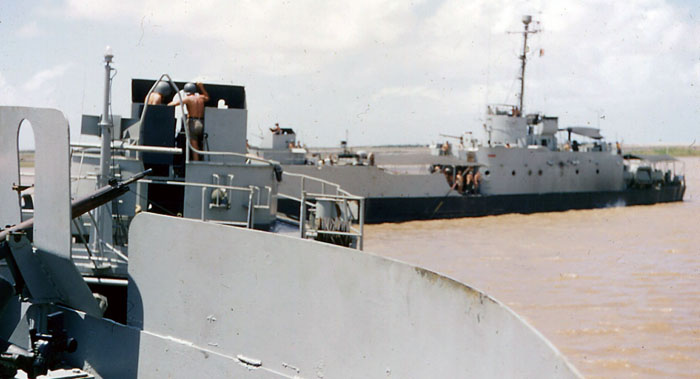
French LCI(L). Some were modified to work with Dinassault groups on the Mekong by Saigon Arsenal with a forward 75 mm gun, one 40 mm Bofors on spardeck and two or three 20 mm AA plus mortars and extra HMGs on pintles.
The only 14 which went to France were extensively used in Indochina, in particular as gunboats aside their roles for troop transport on the Mekong River, and floating HQs for dynassault groups.
It’s well possible that the Indonesian LCIs were used in several local operations against guerillas and insurrections. Those of Israel were likely used in the 1956 conflict.
One of these vessels was LCI-351 built at George Lawley & Sons, Neponset, MA. Commissioned as LCI(L)-699 on 25 June 1944, fought at Leyte (landings, 28 and 29 November 1944) and the Borneo Tarakan Island laindings, 27 April to 5 May 1945 as well as the Balikpapan operation, 26 June to 6 July 1945, earning 2 battle stars.
Reclassified as LSIL-699 on 28 February 1949, she was later decommissioned, laid up in the Reserve Fleet, transferred under terms of the Mutual Defense Assistance Program (MDAP) to France for use in French Indo-China from 8 January 1951 as RFS LSIL 9033. She operated until 1954, was returned to US Naval custody, but retransferred to South Vietnam in 1956, struck from the Naval Register at an unknown date, perhaps in the late 1960s. This is why some saw action in Vietnam, but not as USN ships.
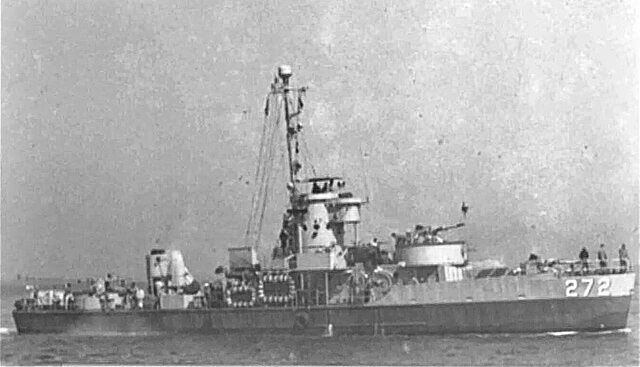
ROCS Lian Ren (ex-LCI 272) in the 1960s
Surviving LCIs
–LCI(L)-713, (round CT bow ramp type) is now in Portland (Oregon), I-5 Bridge Columbia River operated by the “Amphibious Forces Memorial Museum”. She fought at Zamboanga, Philippines (March 1945), Brunei Bay, Borneo (June 1945), surplus, log hauling tugboat, floating storage hulk Stephenson, abandoned and sank in Columbia river. Late 1970s refloated, restored, she reopened to hte public in 2003.
-LCI(L)-1091 (same type) is displayed and owned by the Humboldt Bay Air & Sea Museum. She was used in the Korean War as “Infectious Disease Control Ship” modified to include ten Medical Doctors and Lab Technicians. Later an Alaskan fishing vessel, repurchased to Eureka, California in the 1990s, fishing vessel of “Doc” Davis, then resold to the museum
Still extant LCIs were also modified for use as sightseeing vessels after the war, used by the New York City “Circle Line”, now all retired alhtough Circle Line X is berthed at the 42nd Street’s Pier 83.
Three derelict LCI hulls still remain at Staten Island in New York (Witte Marine salvage yard) waiting for a possible restoration.
-LCS(L) Mk.3: Former LCS-102, one and only of the variant is moored at Mare Island, California, restored by volunteers.
ONI LCI pages
Read More
Books
J.Gardiner Conway’s all the world’s fighting ships 1922-47, page 162.
Friedman, Norman (2002). U.S. Amphibious Ships and Craft: An Illustrated Design History. Annapolis NIP
Allied Coastal Forces of WWII, Volume 1: Farimile Marine Company Designs and US Submarine Chasers, John Lambert, Al Ross
Links
usslci.org/
ONI-226.pdf
militaryfactory.com
Main page on navsource.org
combinedops.com LCI 502 on D Day
usslci.com/ archive
amphibiousforces.org/
globalsecurity.org/
http://hnsa.org
shipbuildinghistory.com/
navsource.org/ images
On ww2db.com/
National Association of USS LCS(L) 1-130
LCI 1091 – WWII Landing Craft
usautoindustryworldwartwo.com: electro-motive.htm
usautoindustryworldwartwo.com: detroit-diesel.htm
netmarine.net LCIs in Indochina and with ARVN
Landing_Craft_Infantry
Model Kits
General Query on Scalemates: Many, many kits, 1/159, 350 and 1:700 part of diorama kits.
blackcatmodels.eu/
milicast.com/
3D
on renderosity.com/
On grabcad.com
Video


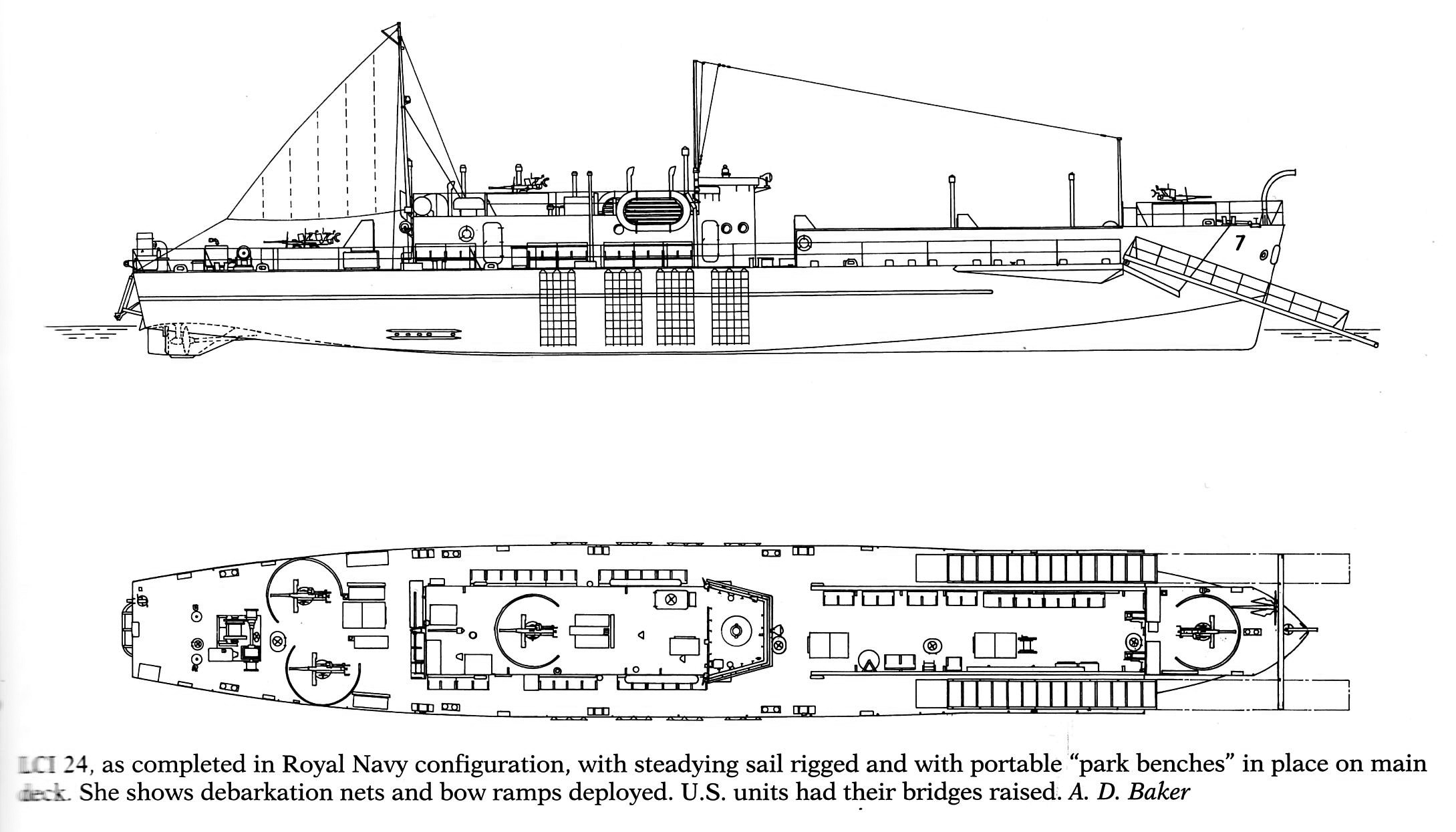
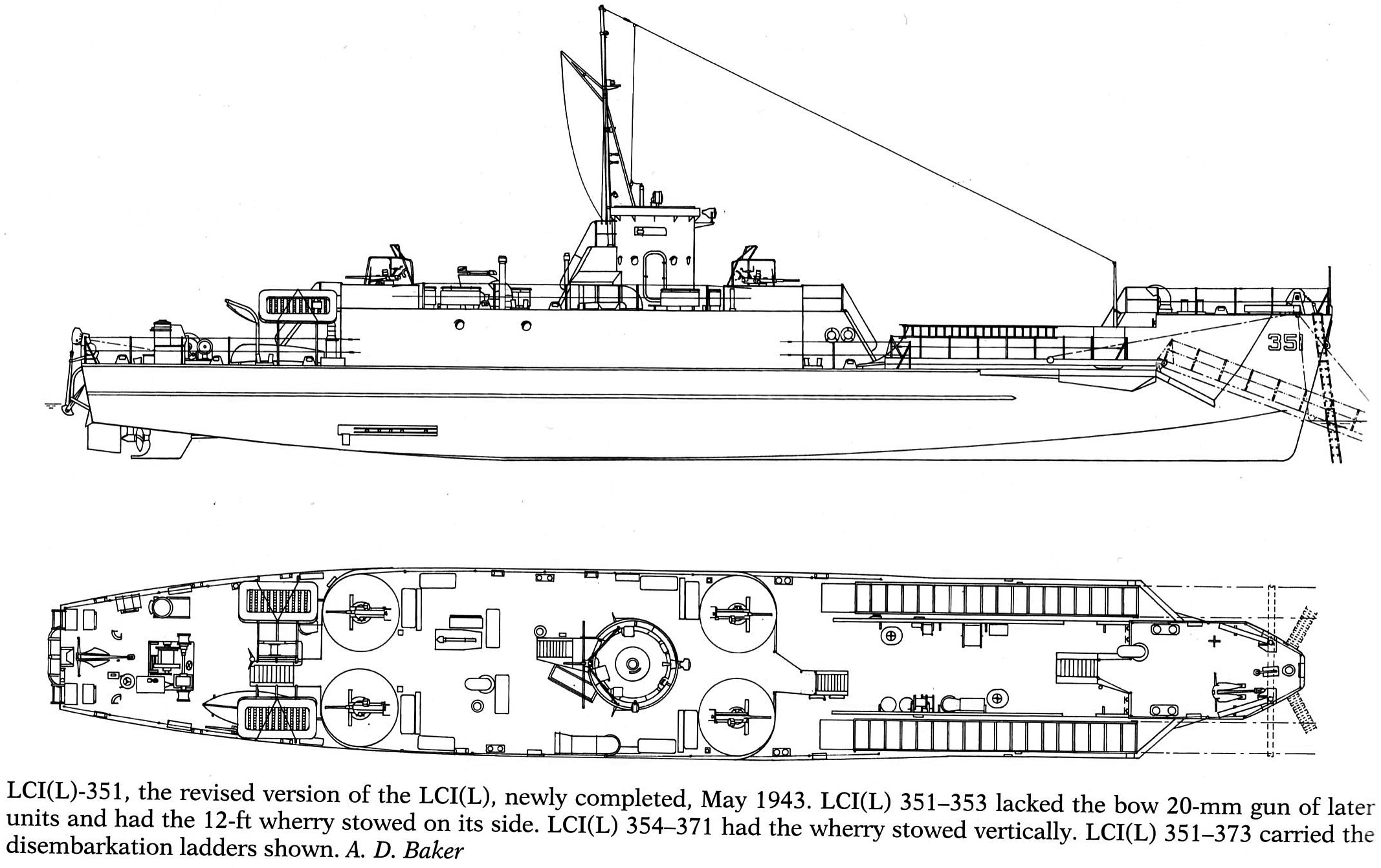
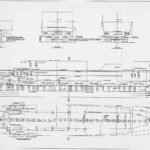
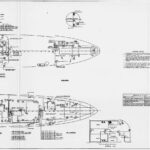
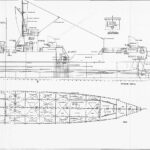
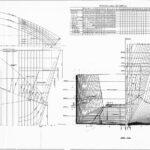
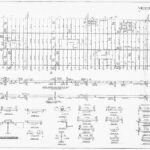
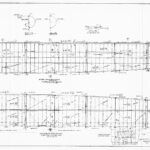
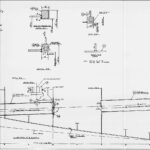
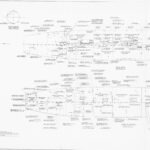
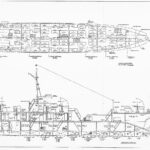
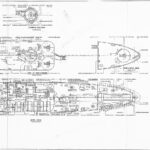
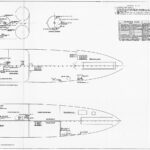
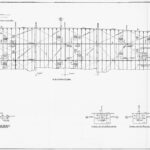

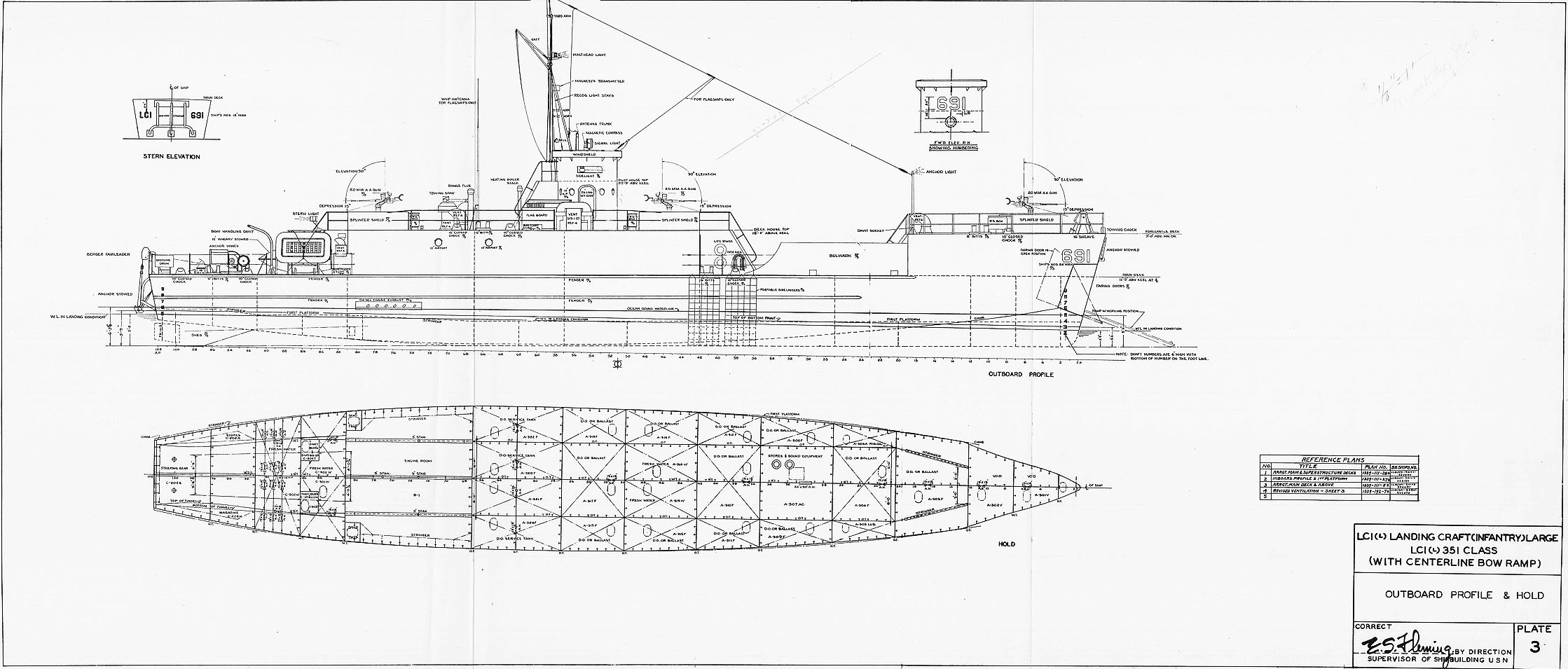
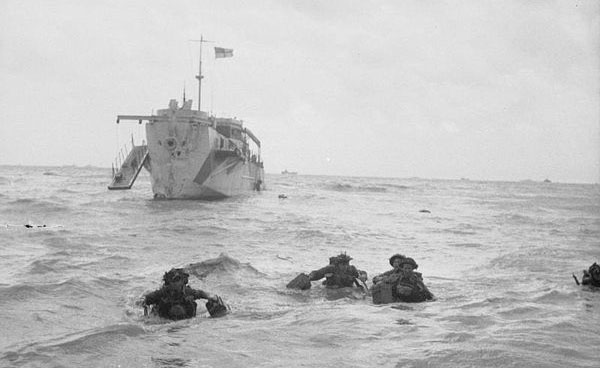
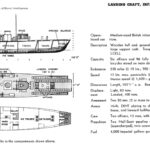
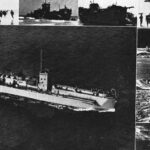



 Latest Facebook Entry -
Latest Facebook Entry -  X(Tweeter) Naval Encyclopedia's deck archive
X(Tweeter) Naval Encyclopedia's deck archive Instagram (@navalencyc)
Instagram (@navalencyc)





 French Navy
French Navy Royal Navy
Royal Navy Russian Navy
Russian Navy Armada Espanola
Armada Espanola Austrian Navy
Austrian Navy K.u.K. Kriegsmarine
K.u.K. Kriegsmarine Dansk Marine
Dansk Marine Nautiko Hellenon
Nautiko Hellenon Koninklije Marine 1870
Koninklije Marine 1870 Marinha do Brasil
Marinha do Brasil Osmanlı Donanması
Osmanlı Donanması Marina Do Peru
Marina Do Peru Marinha do Portugal
Marinha do Portugal Regia Marina 1870
Regia Marina 1870 Nihhon Kaigun 1870
Nihhon Kaigun 1870 Preußische Marine 1870
Preußische Marine 1870 Russkiy Flot 1870
Russkiy Flot 1870 Svenska marinen
Svenska marinen Søværnet
Søværnet Union Navy
Union Navy Confederate Navy
Confederate Navy Armada de Argentina
Armada de Argentina Imperial Chinese Navy
Imperial Chinese Navy Marinha do Portugal
Marinha do Portugal Mexico
Mexico Kaiserliche Marine
Kaiserliche Marine 1898 US Navy
1898 US Navy Sovietskiy Flot
Sovietskiy Flot Royal Canadian Navy
Royal Canadian Navy Royal Australian Navy
Royal Australian Navy RNZN Fleet
RNZN Fleet Chinese Navy 1937
Chinese Navy 1937 Kriegsmarine
Kriegsmarine Chilean Navy
Chilean Navy Danish Navy
Danish Navy Finnish Navy
Finnish Navy Hellenic Navy
Hellenic Navy Polish Navy
Polish Navy Romanian Navy
Romanian Navy Turkish Navy
Turkish Navy Royal Yugoslav Navy
Royal Yugoslav Navy Royal Thai Navy
Royal Thai Navy Minor Navies
Minor Navies Albania
Albania Austria
Austria Belgium
Belgium Columbia
Columbia Costa Rica
Costa Rica Cuba
Cuba Czechoslovakia
Czechoslovakia Dominican Republic
Dominican Republic Haiti
Haiti Hungary
Hungary Honduras
Honduras Estonia
Estonia Iceland
Iceland Eire
Eire Equador
Equador Iran
Iran Iraq
Iraq Latvia
Latvia Liberia
Liberia Lithuania
Lithuania Mandchukuo
Mandchukuo Morocco
Morocco Nicaragua
Nicaragua Persia
Persia San Salvador
San Salvador Sarawak
Sarawak Uruguay
Uruguay Venezuela
Venezuela Zanzibar
Zanzibar Warsaw Pact Navies
Warsaw Pact Navies Bulgaria
Bulgaria Hungary
Hungary

 Bundesmarine
Bundesmarine Dutch Navy
Dutch Navy Hellenic Navy
Hellenic Navy Marina Militare
Marina Militare Yugoslav Navy
Yugoslav Navy Chinese Navy
Chinese Navy Indian Navy
Indian Navy Indonesian Navy
Indonesian Navy JMSDF
JMSDF North Korean Navy
North Korean Navy Pakistani Navy
Pakistani Navy Philippines Navy
Philippines Navy ROKN
ROKN Rep. of Singapore Navy
Rep. of Singapore Navy Taiwanese Navy
Taiwanese Navy IDF Navy
IDF Navy Saudi Navy
Saudi Navy Royal New Zealand Navy
Royal New Zealand Navy Egyptian Navy
Egyptian Navy South African Navy
South African Navy






























 Ukrainian Navy
Ukrainian Navy dbodesign
dbodesign
My Dad Robert L. Jarvis of Pluckemin New Jersey
He was on LCI (372)
He told me many stories